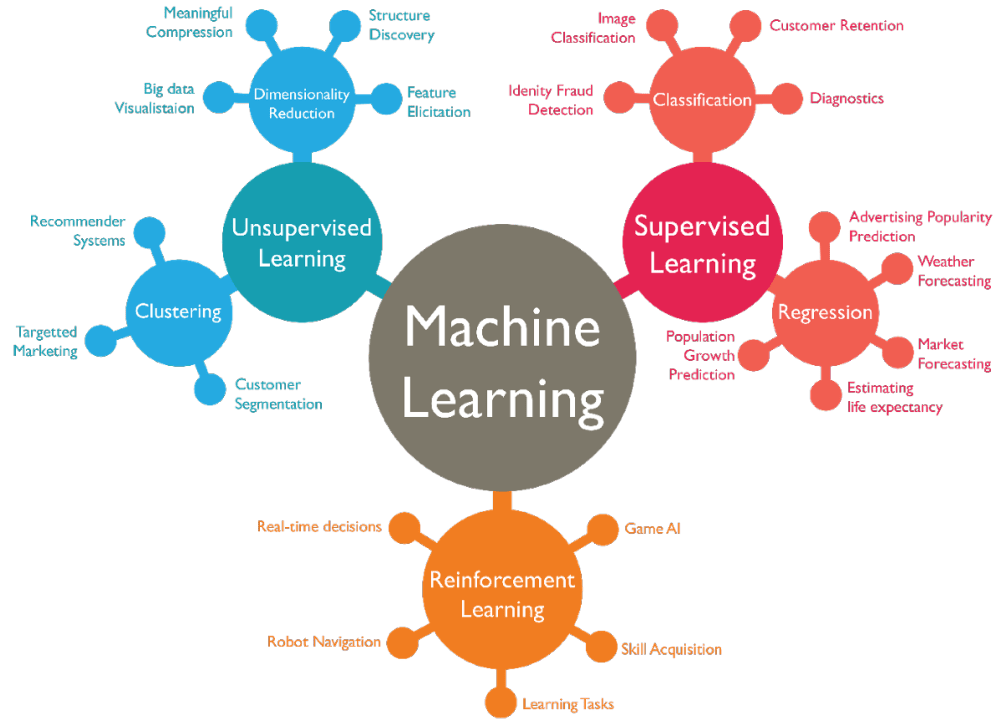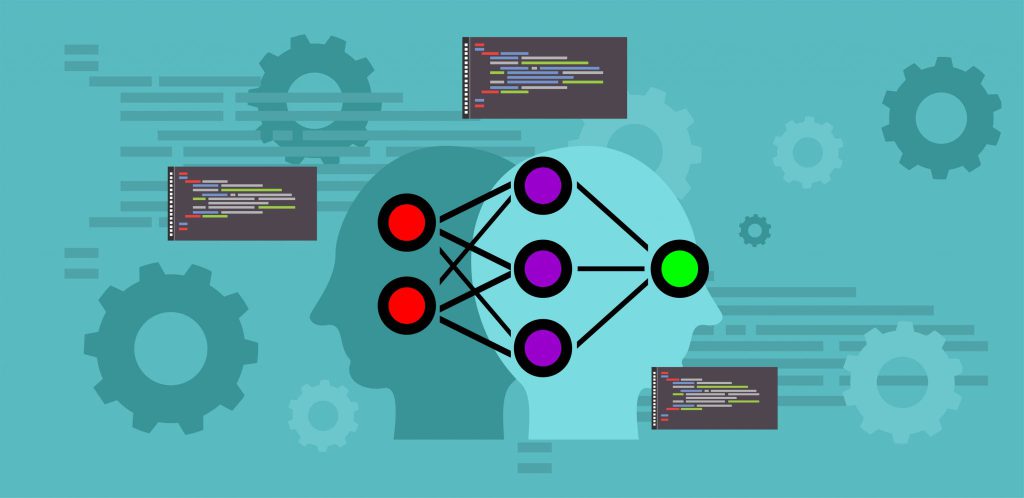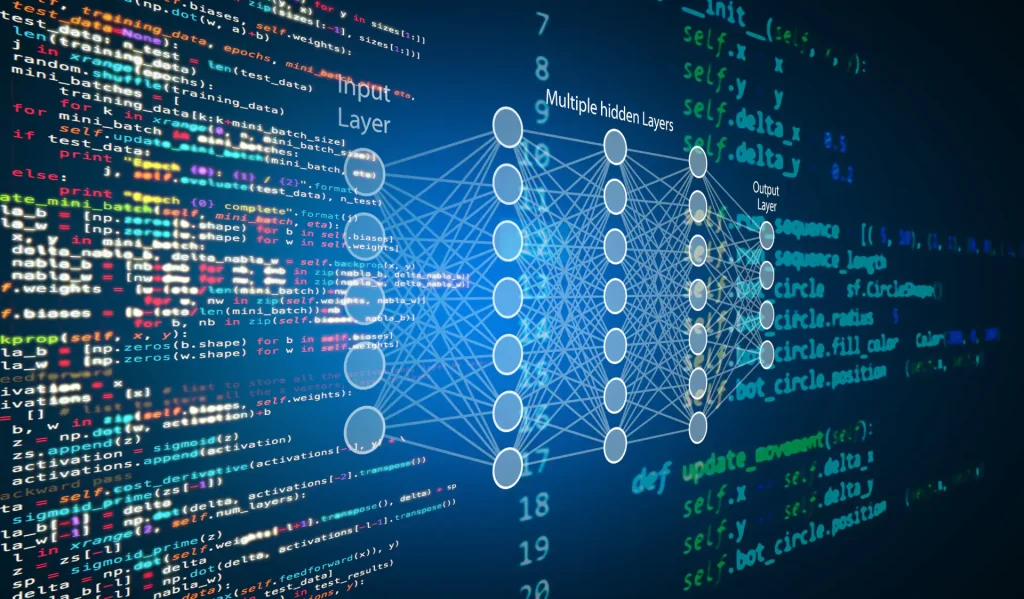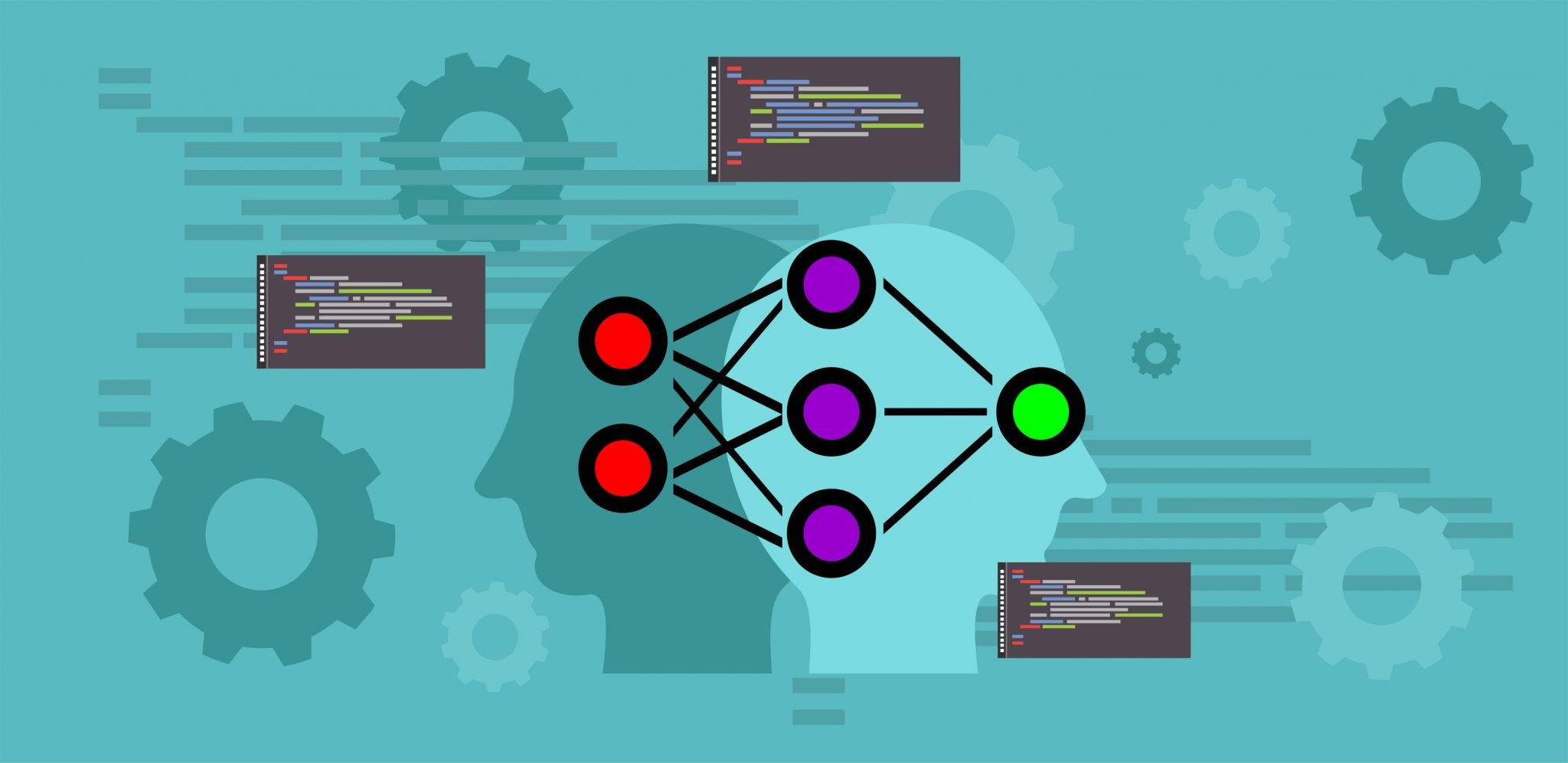In the field of machine learning, choosing the right algorithm for a classification problem is crucial for achieving accurate and reliable results. There are several factors to consider when making this decision, such as the type of output needed, the complexity of the data, and the training time available. In this article, we will discuss the key considerations for selecting the most suitable machine learning algorithm for your classification problem. We will explore factors such as the nature of the data, the size of the dataset, and the specific goals of the project. By understanding these factors, you will be better equipped to make an informed decision and choose the algorithm that best fits your unique classification problem.

Understanding Project Goal
Determine the type of output needed for the classification problem
When determining the type of output needed for a classification problem in machine learning, it is essential to consider the nature of the data and the specific problem at hand. This involves understanding whether the problem requires binary classification, multi-class classification, or multi-label classification. Binary classification involves categorizing data into two classes, such as spam or not spam emails, while multi-class classification involves classifying data into more than two classes, such as types of animals. On the other hand, multi-label classification deals with scenarios where data points can belong to multiple classes simultaneously, such as tagging images with multiple labels. Understanding the type of output needed for the classification problem is crucial in selecting the appropriate machine learning algorithm that can effectively handle the specific nature of the problem.
Identify the specific problem that needs to be solved
Identifying the specific problem that needs to be solved in a machine learning project is fundamental to selecting the right algorithm for the task. This involves analyzing the characteristics of the data, such as the size, complexity, and distribution, to determine the most suitable algorithm. For instance, if the problem involves predicting continuous values, regression algorithms such as linear regression or decision trees may be appropriate. On the other hand, if the problem requires classifying data points into discrete categories, classification algorithms like logistic regression, support vector machines, or random forests may be more suitable. Additionally, understanding the specific problem to be solved involves considering factors such as the presence of labeled data, the need for interpretability, and the scalability of the algorithm to the dataset size. By identifying the specific problem at hand, data scientists can make informed decisions regarding the selection of the most appropriate machine learning algorithm for their project.
Analyzing Data
When analyzing the data for machine learning, it is crucial to consider the size, processing, and annotation required for the data. This involves understanding the type of project goal and the type of output needed, as well as analyzing the raw data and determining if it requires additional processing or annotation. It is also important to evaluate the speed and training time, as well as the linearity of the data. Additionally, deciding on the number of features and parameters is essential to ensure the accuracy and interpretability of the final AI model. This comprehensive analysis of the data is crucial in choosing the best machine learning algorithm that fits the specific AI project needs.
Consider the size, processing, and annotation required for the data

Furthermore, it is important to determine if the data is raw, structured, labeled, or requires additional processing. Understanding the type of input data, its quality, and the annotation required is essential in choosing the right machine learning algorithm. Additionally, evaluating the speed and training time of the algorithm is important to ensure that it can meet the project’s requirements. Furthermore, assessing the linearity of the data and deciding on the number of features and parameters will impact the complexity and accuracy of the final AI model. Therefore, a thorough analysis of the data is crucial in determining the most suitable machine learning algorithm for the specific project needs.
Determine if the data is raw, structured, labeled, or needs additional processing
Moreover, it is important to assess if the data is continuous or not, as this will impact the choice of machine learning algorithm. Understanding the characteristics of the data, such as its structure, quality, and annotation requirements, is essential in determining the best approach for analyzing and processing the data. Additionally, evaluating the speed and training time, as well as the linearity of the data, will impact the choice of algorithm. Furthermore, deciding on the number of features and parameters is crucial in ensuring the accuracy and interpretability of the final AI model. Therefore, a detailed assessment of the data is vital in choosing the most suitable machine learning algorithm for the specific project needs.
Assess if the data is continuous or not
Context Data
- Size, processing, and annotation are crucial considerations for analyzing data in machine learning
- Determining if the data is raw, structured, labeled, or needs additional processing is essential in choosing the right algorithm
- Assessing if the data is continuous or not impacts the choice of machine learning algorithm
Evaluating Speed and Training Time
When it comes to evaluating speed and training time for machine learning algorithms, it is crucial to consider the trade-off between fast algorithms with lower quality training and allocating time for proper training if needed. This decision-making process involves a comprehensive understanding of the project goal, data analysis, and the specific requirements of the project.
Understanding the Types of ML Algorithms
Unsupervised ML algorithms, such as clustering and dimensionality reduction, are based on unlabeled data and have limitations in training capabilities. On the other hand, supervised ML algorithms, including regression, classification, and forecasting, require labeled data and offer more comprehensive training. Additionally, the combination of supervised and unsupervised algorithms, known as semi-supervised learning, can provide benefits in terms of data annotation and task complexity. Reinforcement learning algorithms offer unique applications in areas such as games and autonomous vehicles.
Choosing the Right Algorithm for the Project
The decision-making process for choosing the best machine learning algorithm involves evaluating the speed and training time to decide if a fast algorithm with lower quality training is acceptable or if time should be allocated for proper training. Factors to consider include the linearity of the data, the number of features and parameters, and the limitations and preferences of the project. It is essential to understand the characteristics and applications of different types of ML algorithms to make an informed decision.
Factors to Consider:
- Type of problem statement
- Size of the dataset
- Nature of the data
Allocating Time for Proper Training
Thorough evaluation and consideration of factors such as the number of samples, data labeling, and the nature of the data are crucial before selecting an algorithm. Proper training and evaluation are emphasized to ensure that the chosen algorithm is well-suited for the specific business problem at hand.
Understanding Data Linearity

Understanding the linearity of data is crucial when choosing a machine learning algorithm. This involves assessing the complexity of the data and determining whether a linear algorithm or a more complex one is required. The process includes evaluating factors such as the number of samples, type of problem (classification or regression), labeled or unlabeled data, and the size of the training dataset.
Assess the complexity of the data
Assessing the complexity of the data is a critical step in choosing the right machine learning algorithm. This involves considering various factors such as the volume of data, the nature of the problem to be solved (classification or regression), and the availability of labeled data. For example, in a classification problem with a large number of samples, a more complex algorithm may be needed to capture the nuances of the data, while a smaller dataset may be adequately handled by a linear algorithm.
Determine if a linear algorithm or a more complex one is required
Once the complexity of the data has been assessed, the next step is to determine whether a linear algorithm or a more complex one is needed. Linear algorithms are typically used when the data exhibits a linear relationship between the input features and the target variable. In cases where the data is non-linear or more complex, algorithms such as decision trees, support vector machines, or neural networks may be more suitable for capturing the underlying patterns in the data.
Considering Features and Parameters
Determine the level of complexity and accuracy required for the model
When considering features and parameters for choosing a machine learning algorithm, it is crucial to understand the level of complexity and accuracy required for the model. This involves analyzing the input data, the desired output, and the linearity of the data. Understanding the project goal and the environment of the problem is essential in determining the type of algorithm that best fits the specific purpose. The level of complexity and accuracy required will depend on the specific needs of the AI project, such as whether it is a classification or regression problem, and the availability of labeled data.
Allocate necessary time for training based on the number of features and parameters
It is also important to allocate necessary time for training based on the number of features and parameters. Evaluating the speed and training time, as well as deciding on the complexity and accuracy of the final AI model, are key factors in choosing the best machine learning algorithm that meets the specific needs of the AI project. The number of features and parameters also needs to be considered to ensure the chosen algorithm is capable of meeting the accuracy and complexity requirements of the AI project.
Assessing Data Characteristics
When choosing a machine learning algorithm for a classification problem, it is essential to evaluate the amount and nature of the data. This involves understanding the project goal and analyzing the data by size, processing, and annotation requirements. It’s important to assess the speed and training time, determine the linearity of the data, and decide on the number of features and parameters.
Evaluate the amount and nature of the data
The amount and nature of the data play a crucial role in determining the most suitable machine learning algorithm for a specific project. By analyzing the size, processing, and annotation requirements of the data, one can gain valuable insights into the type of algorithm that would be the best fit for the project. This comprehensive approach ensures that the chosen algorithm aligns with the project’s goals and requirements.
Determine if the problem is a classification or regression statement
Understanding whether the problem is a classification or regression statement is essential for selecting the right algorithm. Classification problems involve categorizing data into predefined classes, while regression problems deal with predicting continuous values. By determining the type of problem statement, one can narrow down the options and choose an algorithm that is best suited to the specific problem at hand.
Assess if the data is labeled or unlabeled
Labeled data has predefined output values, while unlabeled data does not have predefined output values. Assessing whether the data is labeled or unlabeled is crucial for selecting the right algorithm. Supervised learning algorithms work well with labeled data, while unsupervised learning algorithms are more suitable for unlabeled data. This assessment ensures that the chosen algorithm is compatible with the data available for the project.
Consider the size of the training dataset
The size of the training dataset impacts the choice of machine learning algorithm. Larger training datasets may require algorithms with higher computational capabilities, while smaller datasets may be better suited for simpler algorithms. Considering the size of the training dataset is essential for selecting an algorithm that can effectively handle the available data and produce accurate results.
Following Algorithmic Approach
Determine the number of samples or records in the dataset
When choosing a machine learning algorithm for a classification problem, the first step is to determine the number of samples or records in the dataset. This helps in understanding the size of the dataset and the amount of data available for training and testing the algorithm. By knowing the number of samples, data scientists can assess the complexity of the problem and the level of accuracy required for the classification task.
Classify the problem as classification or regression
After understanding the size of the dataset, the next step is to classify the problem as either a classification or regression task. Classification problems involve predicting a discrete category or label, while regression problems aim to predict a continuous value. By classifying the problem correctly, data scientists can narrow down the choice of algorithms that are best suited for the specific type of problem they are dealing with.
Select appropriate algorithms based on the size of the dataset and problem type
Once the problem is classified, the next step is to select appropriate algorithms based on the size of the dataset and the type of problem. For example, if the dataset is large and the problem is a classification task, algorithms such as Random Forest, Gradient Boosting, or Support Vector Machines may be suitable. Conversely, for smaller datasets, algorithms like K-Nearest Neighbors or Naive Bayes may be more appropriate. Understanding the characteristics of the dataset and problem type is crucial in choosing the most effective algorithm for the task at hand.
Consider dimensionality reduction if needed
In some cases, the dataset may have a high number of features or dimensions, which can lead to increased computational complexity and reduced algorithm performance. When faced with high dimensionality, it is important to consider dimensionality reduction techniques such as Principal Component Analysis (PCA) or t-distributed Stochastic Neighbor Embedding (t-SNE). These techniques can help in reducing the number of features while preserving the essential information, thus improving the efficiency and effectiveness of the chosen machine learning algorithm.
conclusion
In conclusion, when choosing a machine learning algorithm for a classification problem, it is crucial to thoroughly understand the project goal, analyze the data, evaluate speed and training time, consider data linearity, assess data characteristics, and follow a systematic algorithmic approach. Understanding the type of output needed for the classification problem and the level of complexity and accuracy required for the model are key factors in making the right choice. Additionally, considering the size, processing, and annotation requirements of the data, as well as the number of samples or records in the dataset, will help in selecting the most suitable algorithm for the specific project. By carefully considering these factors, one can ensure that the chosen machine learning algorithm meets the specific needs and objectives of the AI project.










